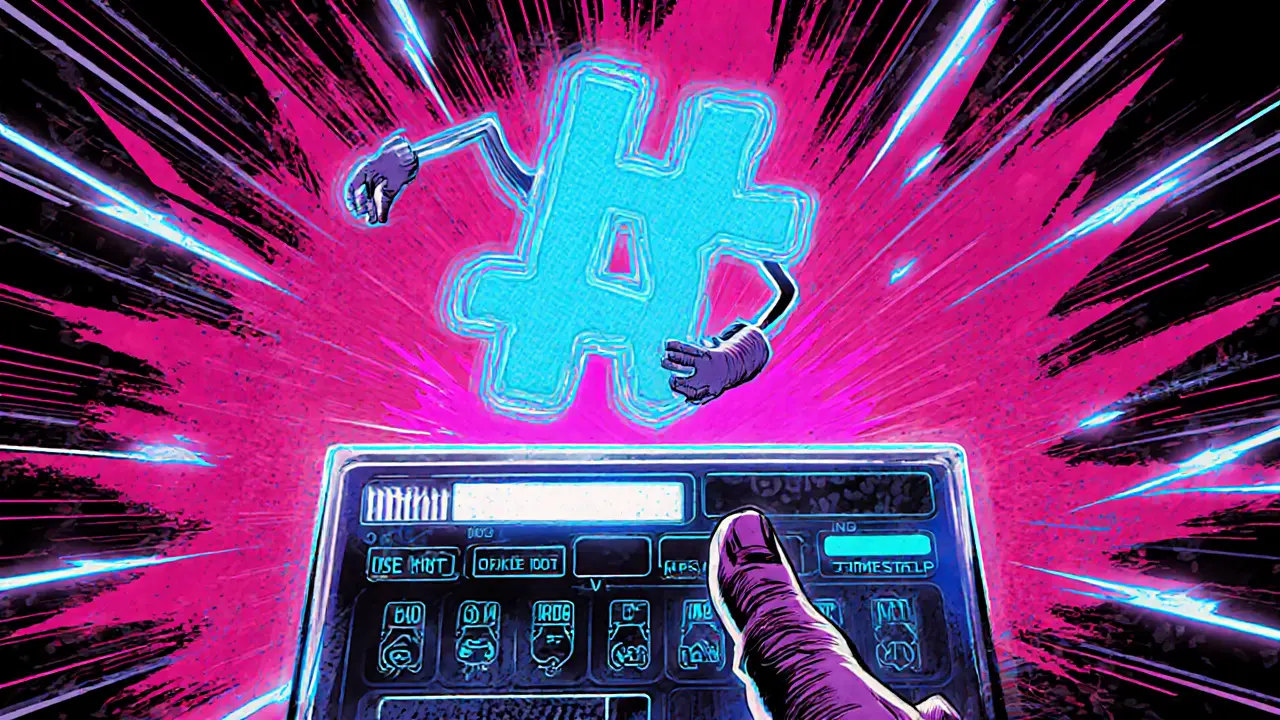Bitcoin Mining: How Difficulty, Hash Rate & Proof of Work Keep the Network Secure
Bitcoin mining, the process of validating transactions and adding new blocks to the Bitcoin blockchain using computational power. Also known as BTC mining, it fuels the network’s security and creates new bitcoins. Bitcoin mining is built on a Proof of Work, a consensus mechanism that forces participants to solve complex cryptographic puzzles. Each solved puzzle adds a block, awards a block reward, and solidifies the transaction history. To keep block creation steady—roughly every ten minutes—the system automatically tweaks a value called Mining Difficulty, a dynamic metric that adjusts how hard the puzzle is. When more miners join and total computational power rises, difficulty climbs; when power falls, it eases. This self‑balancing act ensures that the network remains secure while preserving a predictable inflation schedule.
Key Concepts in Bitcoin Mining
The heart of the balancing act is the Hash Rate, the total number of hash calculations performed by all miners per second. A higher hash rate means more guesses per second, which speeds up the search for the correct solution. However, because difficulty adapts to the hash rate, the average time to find a block stays close to ten minutes. This relationship can be expressed as a semantic triple: "Mining Difficulty regulates Hash Rate" and "Hash Rate influences Block Time". Miners monitor these metrics to decide whether to upgrade hardware, join a mining pool, or switch to a different cryptocurrency. Mining pools aggregate individual hash power, share rewards, and smooth out the variance in earnings. By contributing a fraction of their hash rate, participants receive smaller but more predictable payouts. Pools also play a role in decentralization: a handful of large pools can dominate block production, which raises concerns about network resilience. Understanding pool dynamics, energy consumption, and hardware costs helps miners assess profitability and long‑term viability.
Beyond the technical knobs, Bitcoin mining intersects with economics and regulation. The block reward halves roughly every four years, cutting new supply in half and putting more emphasis on transaction fees. Energy prices, hardware efficiency, and local laws all feed into the bottom line. This is why many guides, like the ones below, dive deep into difficulty trends, hash‑rate charts, and real‑world case studies. Armed with that knowledge, you can gauge when the network is poised for a difficulty jump, decide if a mining rig upgrade makes sense, or simply understand why Bitcoin remains the most secure blockchain. Below you’ll find a curated set of articles that break down each of these pieces—from a plain‑English look at mining difficulty to practical tips for managing a mining operation. Whether you’re a hobbyist, an investor, or just curious about how new blocks appear, the collection offers actionable insights and up‑to‑date data to keep you ahead of the curve.

What Is a Nonce in Blockchain? Explained Simply
Learn what a nonce is, how it powers Bitcoin mining, its role in block headers, and why it matters for Proof of Work security.
June 11 2025